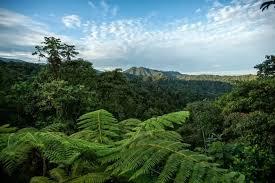The struggle for freedom in various nations has often been marked by the significant role played by tribal communities. Tribals are well-known for their rich culture, unique traditions, close connections to many areas, art forms, etc. They also have a special bond and relationship with nature. Tribal communities prioritize joint living and collective decision-making which helps them make up a sense of unity and identity among their members. This distinct way of life can influence social movements and uprisings. Tribal revolts went beyond mere resistance to foreign rule; they were vital struggles to protect their lands, traditions, and cultural identities. These uprisings look up to uphold their freedom and preserve their unique ways of life in the face of invading colonial influence. Fiercely defending their traditions, they aimed to safeguard their identities against the threats of colonialism for future generations. Some tribes that took part in India's freedom struggle were Khonds, Kol, Gond, Bhil, Munda, Koya, Savara etc. The Chuar Rebellion lasted from 1767 to 1833 and showed how the Chuar tribe stood strong against the unfair British policies in the Jungle Mahals. They were upset about losing their land and having their culture ignored, which pushed them to resist colonial rule and fight for what they believed in. The Chakma uprising in the Chittagong Hill Tracts (1770-1787), the Halba Dongar rebellion in Bastar (1774-1779), and the Kol rebellion in Chota Nagpur are important examples of tribal resistance against British colonial rule. Each of these revolts reflected the dissatisfaction experienced by various tribal groups due to exploitative land policies, cultural invasion, and injustices continued by colonial powers.
Efforts by Avika Garai
Student of GD Goenka Public School, Sector-48, Gurgaon.

